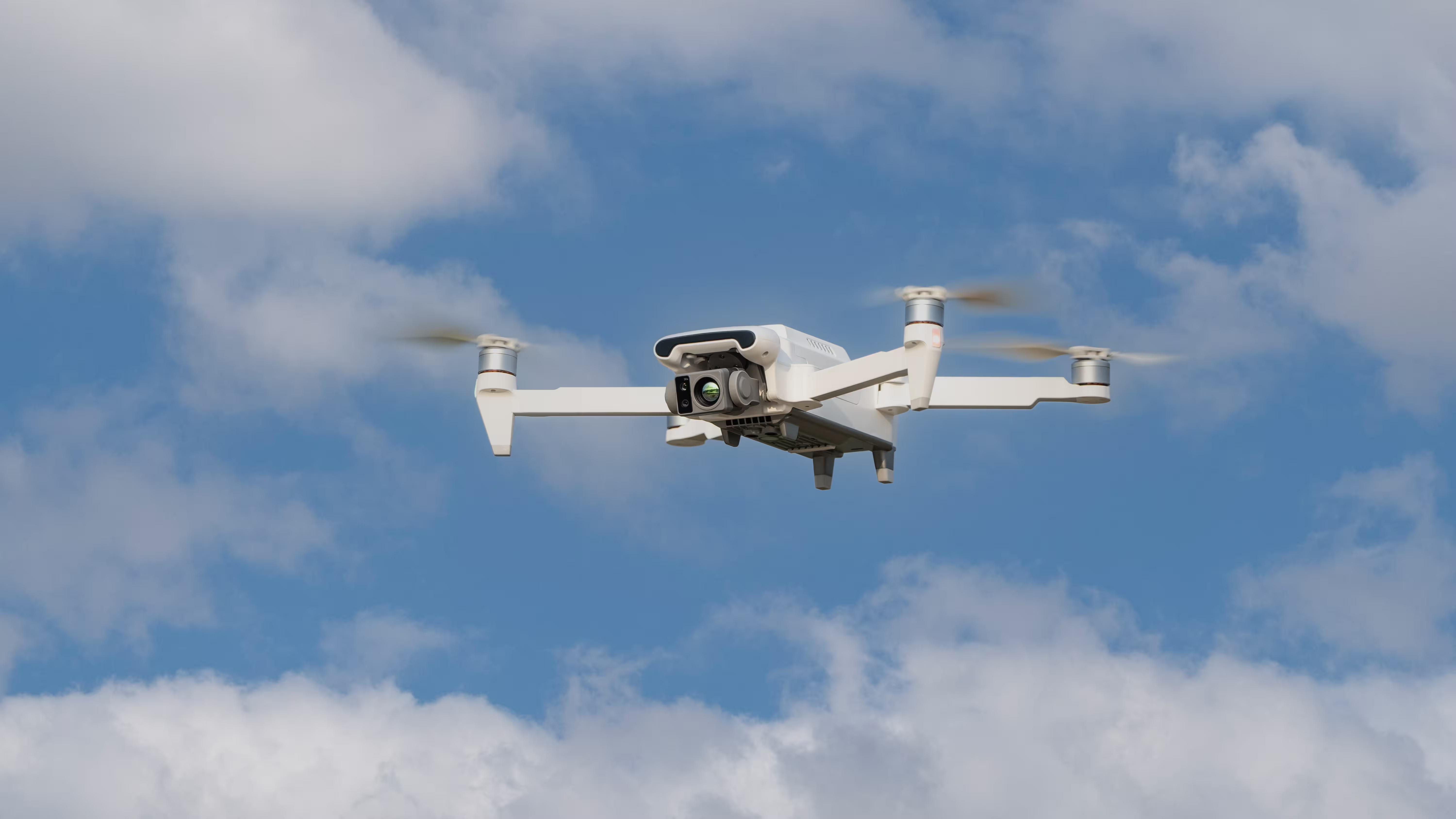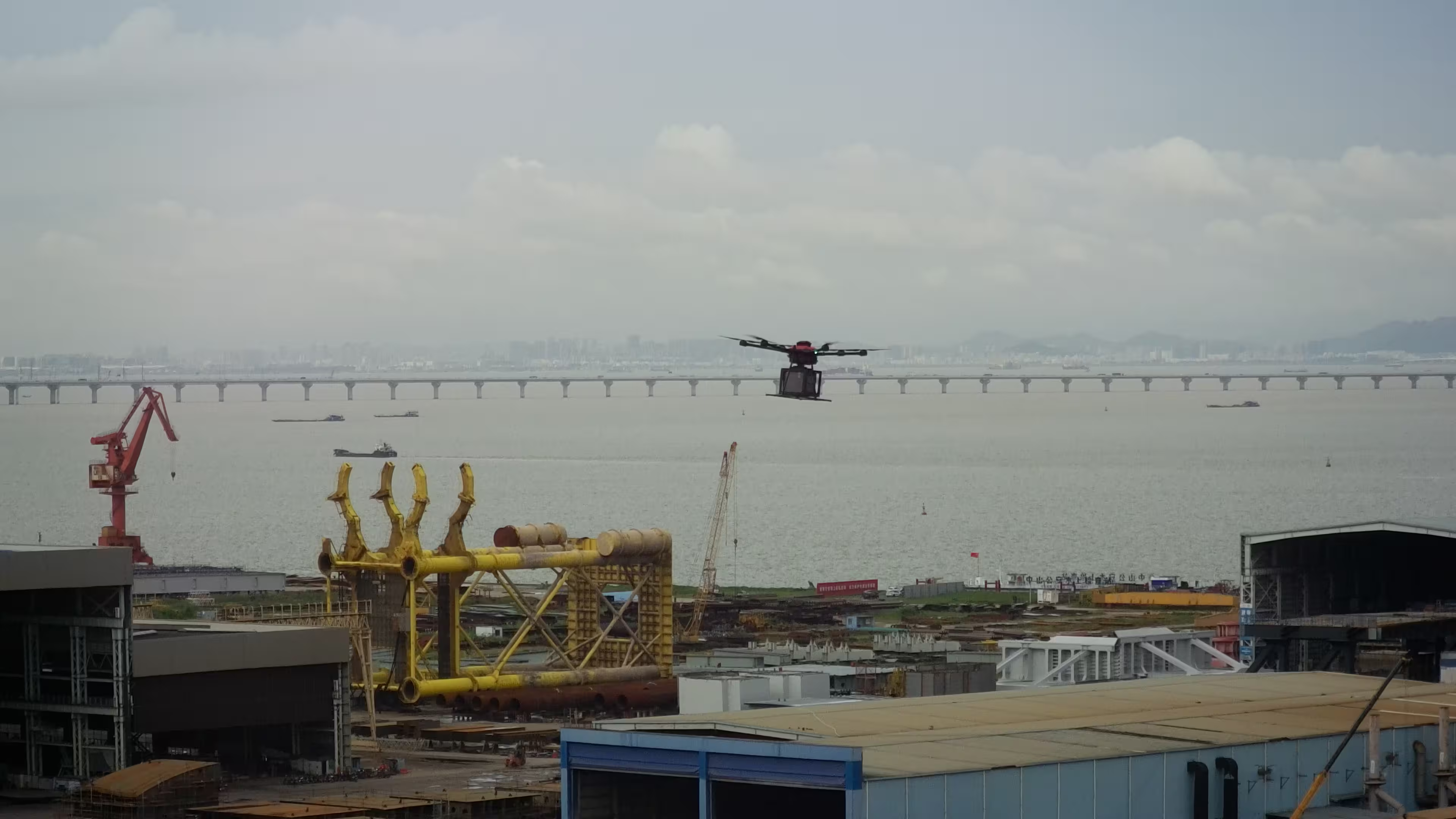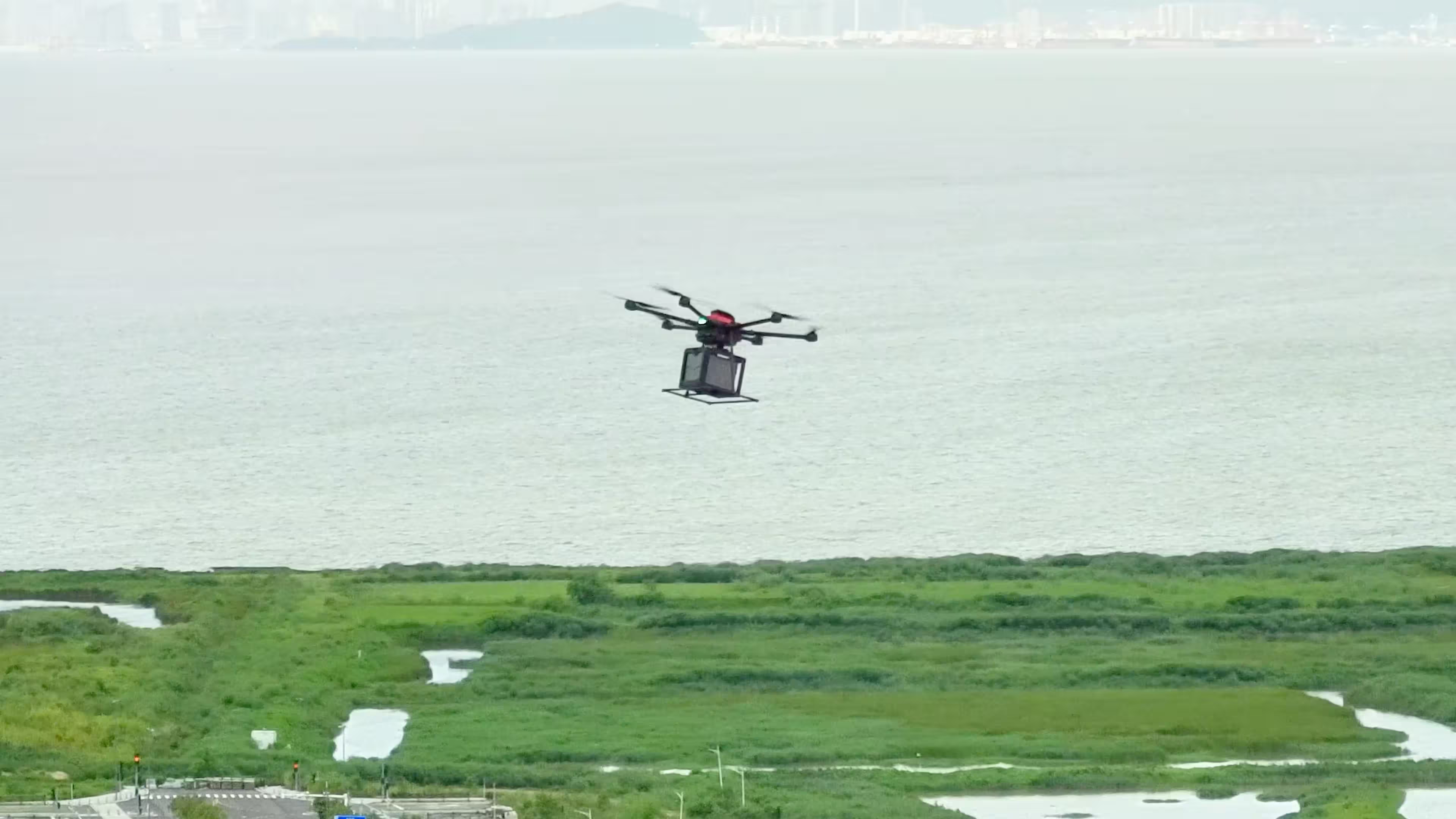
When we gaze at a dazzling drone light show, we are often captivated by the patterns and colors. Few realize that every drone’s weight is the result of careful trade-offs between performance, safety, endurance, and wind resistance.
A common question is: Should drone light show units be as light as possible?
The answer is no. For performance drones, weight is not “the lighter, the better.” The goal is to find an optimal balance that ensures all key performance and safety metrics are met. Pursuing extreme lightness may undermine flight stability and show quality.
1. Wind Resistance and Stability: Weight as Invisible Ballast
Outdoor night shows often encounter gusts of wind. Ultra-light drones can be easily displaced, forcing flight controllers to overcompensate, which consumes extra energy and may cause minor jitters, affecting the precision of formations.
The MMC L1 weighs 310g for the airframe and 220g for the battery, totaling 530g, which is medium-light among mainstream drones. This weight balances wind resistance, formation control, and energy efficiency.
2. Endurance: Functional Weight is Necessary
Large-scale shows typically require 15–30 minutes of continuous flight. Achieving this demands batteries of sufficient capacity, which are a major contributor to weight. Reducing weight by using smaller batteries would compromise endurance.
MMC L1’s total weight enables high-capacity batteries, supporting around 25 minutes of flight—perfect for extended performances.
3. Safety and Structural Strength: Durability Over Lightness
Even in dense formations, structural integrity is critical. Fragile or ultra-light frames risk damage or crashes. Professional show drones use strong materials and redundant systems to ensure safety during thousands of takeoffs and landings. This weight is “safety weight.”
4. Lighting and Functional Payload: Weight as Value
The drone’s core mission is illumination: high-brightness RGB lights, protective covers, heat dissipation, and drivers all add weight. Precision positioning and communication modules are also weight contributors. Weight here represents functionality and safety, not a burden.
5. Performance Metrics vs. Weight
| Performance Metric | Relationship with Weight | Explanation |
|---|---|---|
| Endurance | ⚖️ Balanced | More weight increases energy consumption, but allows larger batteries for longer flight. |
| Wind Resistance | ✅ Positive | Within limits, higher weight improves stability against gusts. |
| Maneuverability | ❌ Negative | Lighter drones accelerate and turn faster, but show drones prioritize precision over speed. |
| Safety / Strength | ✅ Positive | Stronger frames and redundant systems increase weight but ensure safe flight. |
| Functional Completeness | ✅ Positive | Lighting, positioning, and communication systems require weight to function properly. |
6. Conclusion
- Drone weight is not a burden; it embodies safety, performance, and functionality.
- MMC L1’s 530g total weight achieves this balance, providing stable flight, wind resistance, sufficient endurance, bright lighting, and precise positioning.
- Each drone is a masterpiece of engineering, balancing performance, safety, and weight.
Next time you enjoy a drone light show, remember: every beam of light and every flying unit is a product of precise engineering and scientific calculation.





Comments